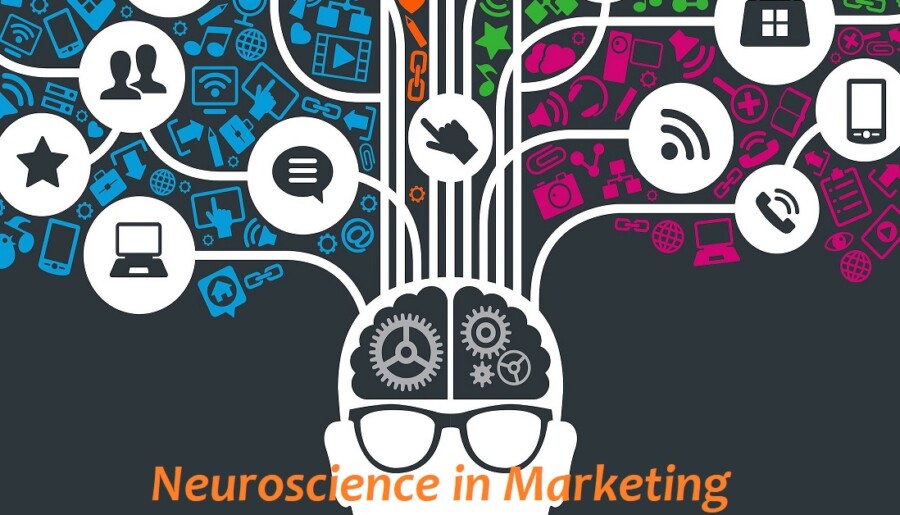Introduction: Have you ever wondered why you tend to spend more than you intended when shopping at a supermarket? While you may believe your choices are entirely rational, it turns out that the field of neuroscience has shed light on the underlying factors that influence our spending behaviors. By understanding the neuroscience of marketing, we can unravel the strategies employed by supermarkets to entice us into purchasing more. In this blog, we will explore the fascinating ways in which our brains respond to various marketing techniques, along with compelling examples from the world of supermarkets.
- The Power of Visual Stimuli: Supermarkets are expertly designed to captivate our attention through visual stimuli. The strategic placement of colorful products, appealing packaging, and enticing displays directly targets our brain’s visual processing centers. For instance, studies have shown that placing fresh produce at the store entrance stimulates our brain’s reward center, making us more likely to spend more time and money in the store.
Example: Ever noticed how supermarkets often arrange perfectly ripe fruits and vegetables at eye level or near the checkout? This placement triggers our brain’s natural inclination towards fresh and healthy choices, increasing the likelihood of additional purchases.

- The Impact of Pricing and Discounts: Pricing strategies play a vital role in our shopping decisions, as our brains are wired to perceive certain prices as bargains or deals. Neuroscience research suggests that our brain’s reward center is activated when we perceive a price as significantly lower than the original price, leading to a sense of satisfaction and increased willingness to buy.
Example: Supermarkets often employ techniques like “Buy One, Get One Free” or displaying the original price next to the sale price. These tactics create a perception of value and compel us to purchase more items, even if we hadn’t planned to do so.

- The Influence of Music and Ambient Sounds: The right soundscape can significantly impact our shopping experiences. Supermarkets strategically use background music to influence our emotions and purchasing behavior. Studies indicate that slower-paced music encourages shoppers to spend more time in the store, while classical music has been found to increase sales of more expensive items.
Example: Next time you visit a supermarket, pay attention to the music playing in the background. Notice how the tempo and genre may vary in different sections of the store, effectively guiding your emotional state and influencing your buying decisions.
- The Allure of Samples and Tastings: Supermarkets understand the power of our senses, particularly taste and smell, in driving our purchasing behavior. By offering samples and tastings, they tap into our brain’s pleasure centers, triggering a desire to explore and purchase the featured products.
Example: Have you ever been enticed by the aroma of freshly baked goods or the taste of a cheese sample? These sensory experiences activate the brain’s reward centers, making us more likely to add those items to our shopping carts.
- The Science of Product Placement: Where products are placed on supermarket shelves can significantly impact our purchasing choices. Supermarkets utilize the “primacy effect” by positioning higher-margin items at eye level and lower-priced items on lower shelves. This arrangement taps into our brain’s tendency to choose the most convenient options.
Example: Next time you’re shopping for cereal, observe how the eye-level shelves prominently display premium brands or colorful packaging, while generic or lower-priced options are usually placed lower down. This strategic placement influences our selection, often leading us to choose higher-priced items.

Conclusion: The neuroscience of marketing provides valuable insights into the strategies employed by supermarkets to encourage us to spend and shop more. By understanding how our brains respond to visual stimuli, pricing strategies, music, samples, and product placement, we can make more informed choices while navigating the aisles. Awareness of these techniques empowers us to be more conscious shoppers and

